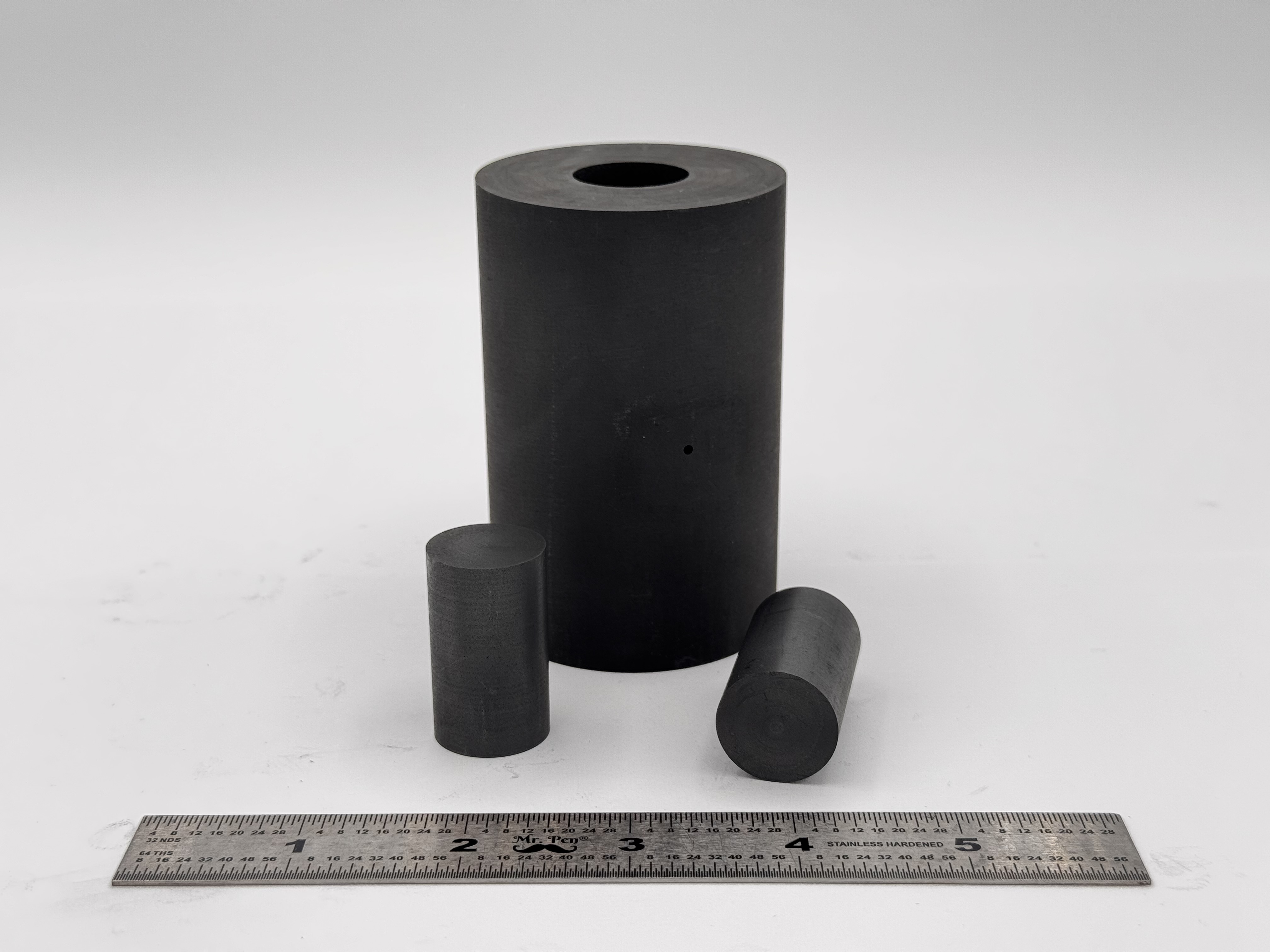The Role of Cryomilling in Enhancing High Entropy Alloys for Advanced Applications
At California Nanotechnologies, innovation is at the heart of everything we do. Our expertise in field-assisted sintering (FAST) and cutting-edge manufacturing techniques has paved the way for high-performance materials. One such emerging material of interest is High Entropy Alloys (HEAs), a new class of metallic alloys known for their exceptional properties. These alloys, composed of five or more principal elements in near-equal proportions, offer a unique combination of strength, durability, and corrosion resistance. However, processing these complex materials requires innovative methods, and cryomilling has proven to be an essential tool in unlocking the full potential of HEAs.
What Are High Entropy Alloys (HEAs)?
High entropy alloys are metallic compounds made up of multiple elements, often including transition metals and refractory elements, blended in nearly equal amounts. Unlike traditional alloys that have a dominant element (such as steel, which is primarily iron), HEAs are designed with a high degree of compositional complexity. This unique formulation results in a combination of excellent mechanical properties, including:
- Superior strength and hardness
- Enhanced resistance to corrosion and wear
- Outstanding thermal stability at high temperatures
HEAs show significant promise in fields like aerospace, energy production, automotive manufacturing, and even biomedical applications due to their remarkable properties. However, due to their intricate composition and the challenges associated with their processing, producing these alloys in a refined and workable form requires specialized techniques like cryomilling.
Cryomilling: A Key Technique for Processing HEAs
Cryomilling is a milling process that uses extremely low temperatures, typically achieved through the use of liquid nitrogen or other cryogenic fluids, to refine materials at the atomic level. This technique has proven to be especially effective in working with HEAs, which benefit from the unique properties it imparts.
1. Improved Powder Characteristics
Cryomilling involves cooling materials to temperatures where they become brittle, making them easier to grind into fine powders. This process is particularly beneficial for HEAs, which have a complex mixture of elements. Cryomilling allows the creation of finely milled powders with uniform distribution of the alloy’s constituent metals. These powders are ideal for subsequent manufacturing processes such as additive manufacturing (3D printing) or powder metallurgy, where uniformity is crucial for ensuring high-quality final products.
2. Enhanced Grain Refinement
One of the key advantages of cryomilling is its ability to refine the grain structure of the material. As HEAs undergo cryomilling, the high-energy ball milling process leads to smaller, finer grains within the alloy. This grain refinement results in improved mechanical properties, such as increased strength and hardness, which are vital for applications in harsh environments such as aerospace or automotive industries.
3. Reduced Alloy Segregation
In HEAs, the tendency for atomic segregation can sometimes occur due to differences in the sizes and properties of the individual metal atoms. This can cause phase separation, leading to inconsistencies in the alloy’s performance. Cryomilling helps to mitigate this issue by reducing the mobility of the alloy's atoms at low temperatures, preventing segregation and ensuring a more uniform composition throughout the material.
4. Facilitating Further Processing
Cryomilled HEA powders are easier to handle and process. The fine powders produced by cryomilling are less likely to clump together or agglomerate, making them more suitable for further fabrication techniques such as sintering or additive manufacturing. The enhanced flowability and homogeneity of the cryomilled powders lead to better bonding and densification during these subsequent stages, resulting in high-quality parts with optimized properties.
5. Improved Machinability
In addition to its benefits in powder preparation, cryomilling improves the machinability of HEAs. The cold processing of the alloy helps reduce the work-hardening effects that often occur during traditional milling processes. This makes it easier to machine complex geometries and shapes from HEA materials, ensuring greater precision and fewer production challenges.
Why Cryomilling Matters for California Nanotechnologies
At California Nanotechnologies, we specialize in advanced manufacturing techniques, including field-assisted sintering, that allow us to push the boundaries of materials science. Cryomilling is an important part of our ability to work with HEAs and other complex materials. By leveraging this technique, we can produce fine powders and refine the microstructure of HEAs to create materials that are tailored for demanding applications.
The unique properties of HEAs, when combined with the benefits of cryomilling, allow us to deliver high-performance materials for industries ranging from aerospace to energy production. Cryomilled HEAs are poised to play a pivotal role in the development of lighter, stronger, and more durable components that will drive innovation in various sectors.
Conclusion
Cryomilling is a powerful technique for processing High Entropy Alloys, enhancing their properties and enabling their use in a wide range of applications. At California Nanotechnologies, we are committed to advancing the potential of HEAs through our expertise in cryomilling and other innovative processing methods. Whether for aerospace, automotive, or energy applications, the refined materials produced through cryomilling offer a new frontier in material science, making HEAs a critical component of next-generation manufacturing.
By partnering with California Nanotechnologies, industries can tap into the full potential of cryomilled HEAs to create high-performance products that meet the demands of tomorrow’s technology.
 High Strength SPS Graphite Tooling
High Strength SPS Graphite Tooling Tungsten Carbide Tooling
Tungsten Carbide Tooling Carbon Graphite Foil / Paper
Carbon Graphite Foil / Paper Carbon Felt and Yarn
Carbon Felt and Yarn Spark Plasma Sintering Systems
Spark Plasma Sintering Systems SPS/FAST Modeling Software
SPS/FAST Modeling Software